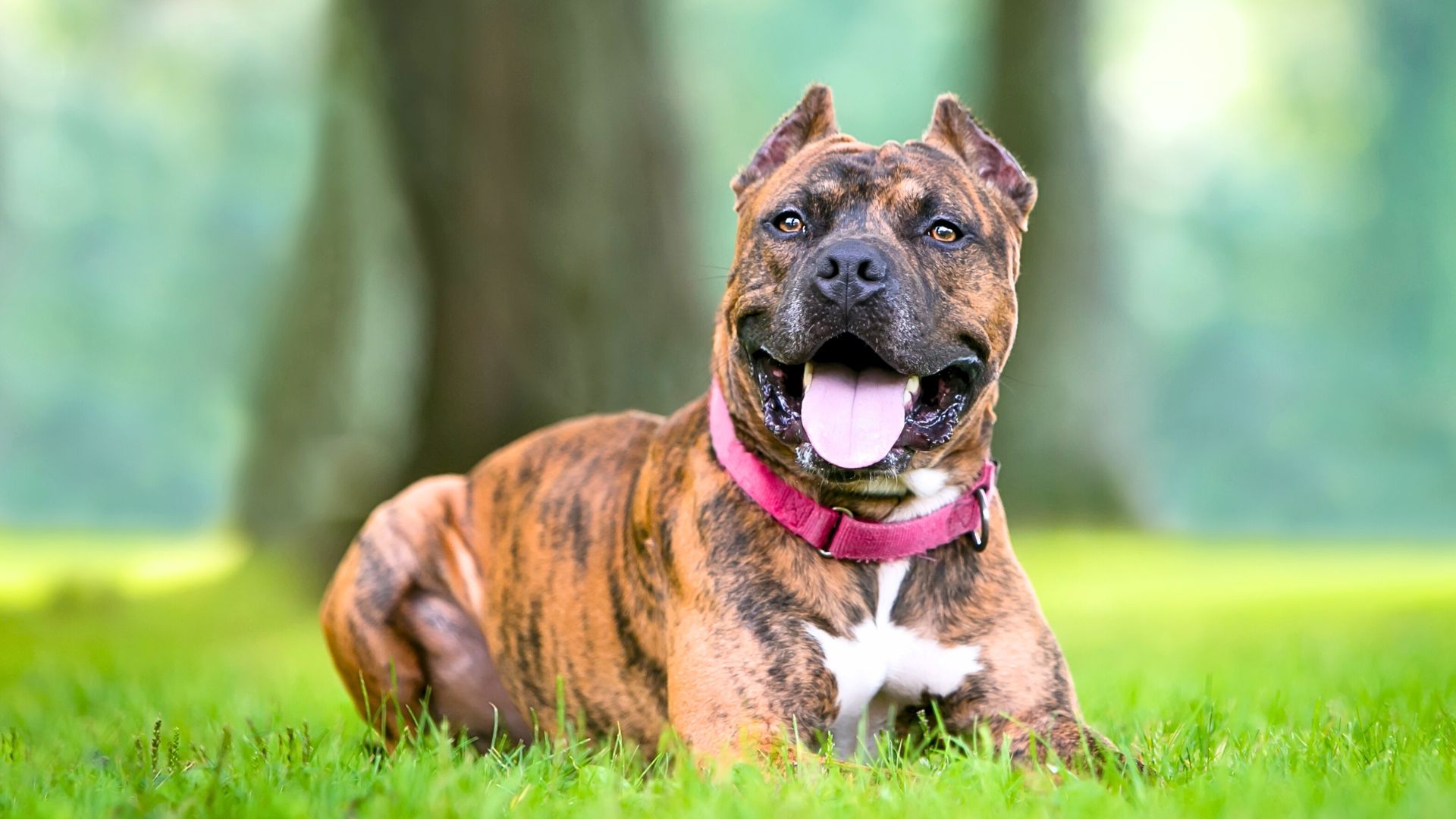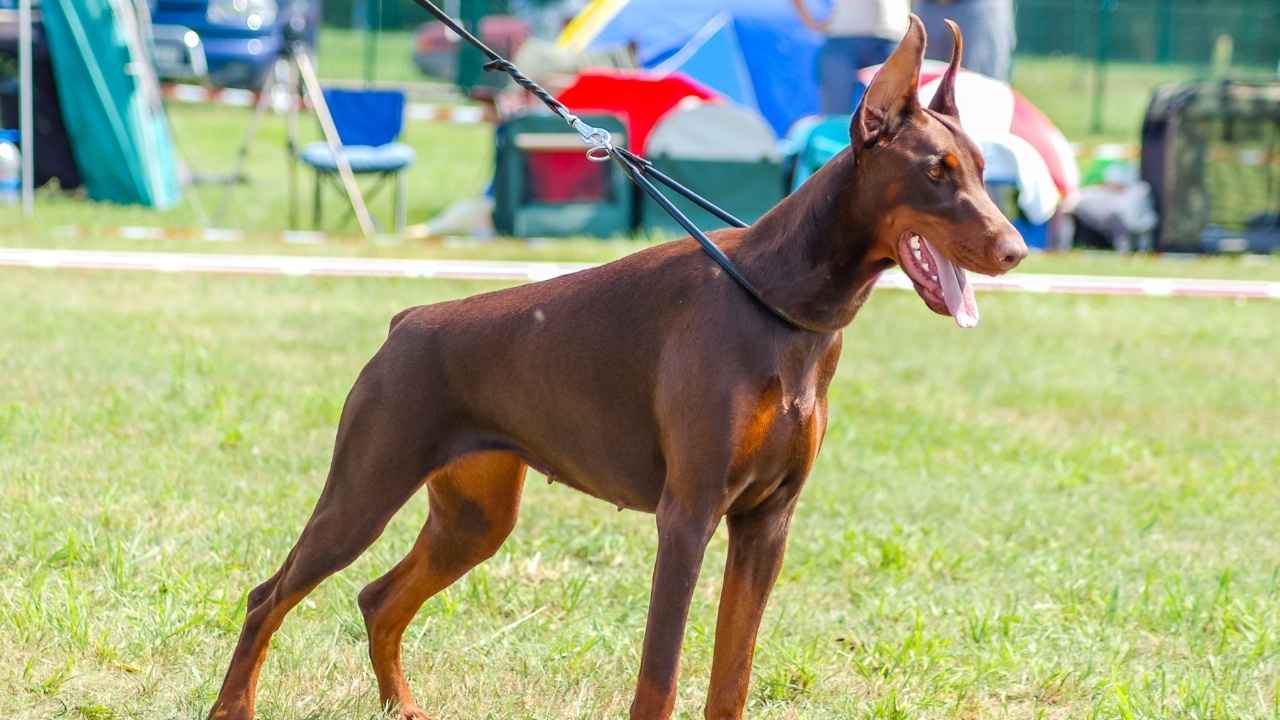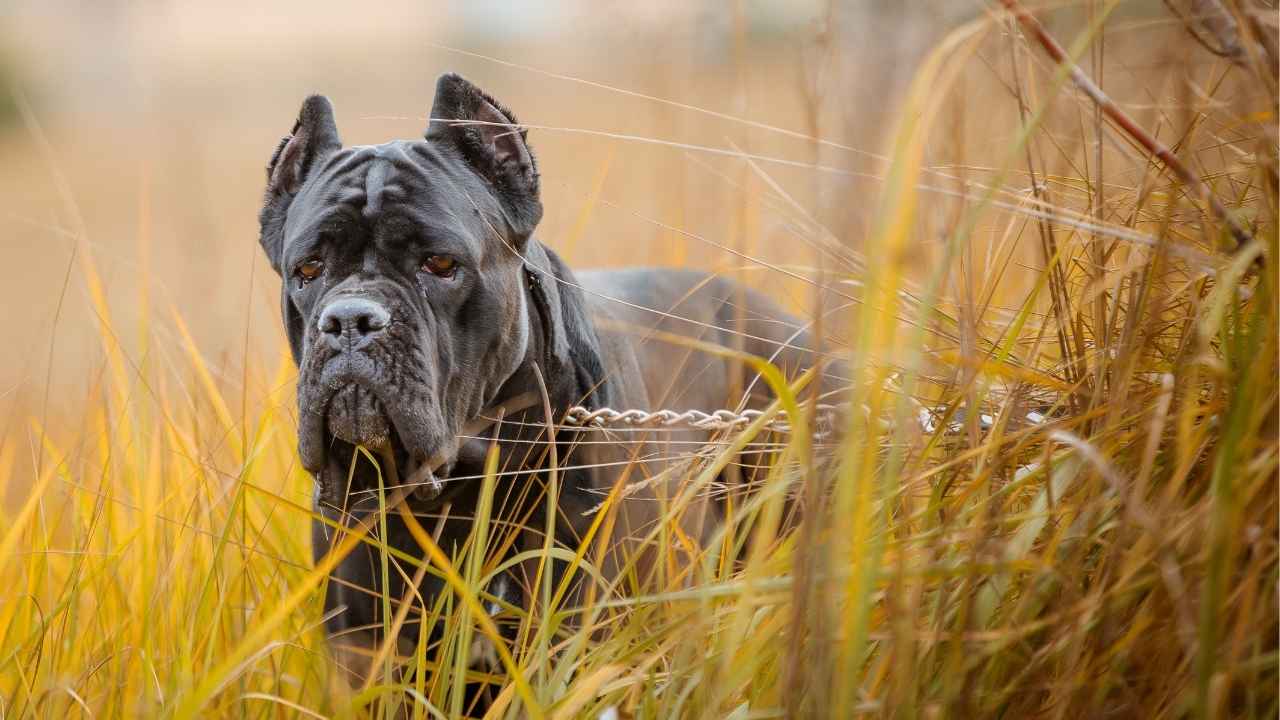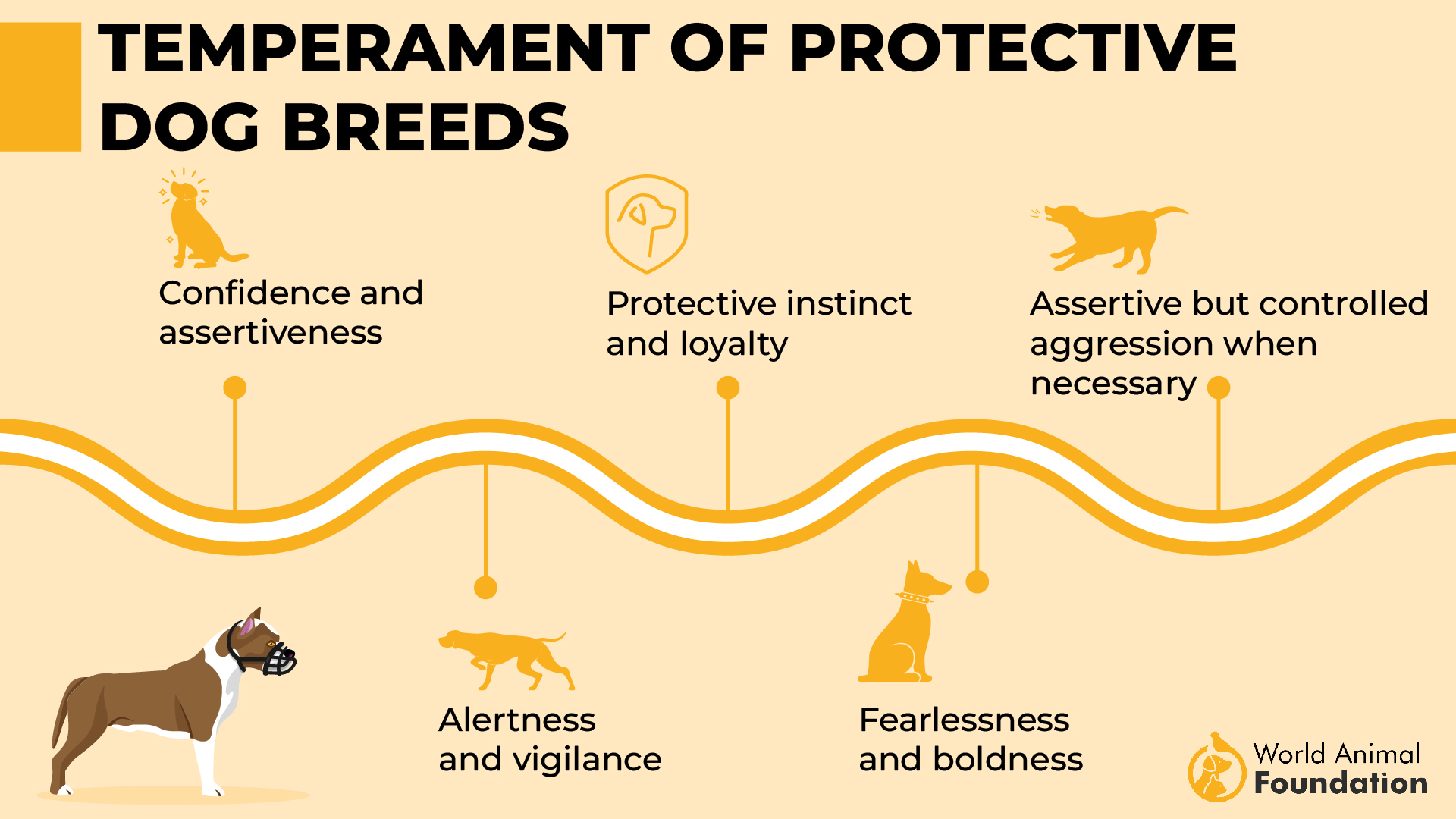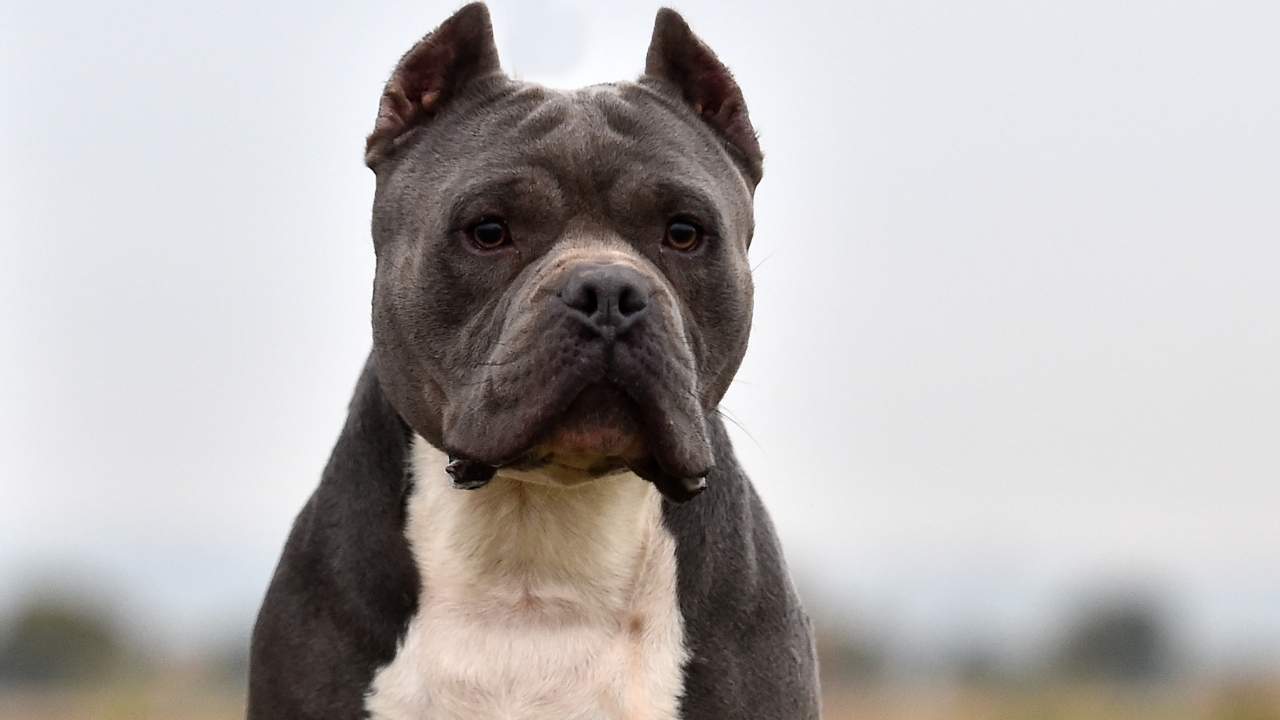Cropped ears have become a controversial topic in the world of canine care and aesthetics. This practice, steeped in history and tradition, primarily affects certain dog breeds known for their distinctive and robust appearances. When considering breeds like the Doberman Pinscher or Boxer, their characteristic alert look often includes cropped ears, a choice made for various historical, cosmetic, and supposed health reasons. Understanding the implications, ethical concerns, and legal restrictions surrounding ear cropping is crucial for potential pet owners. In this article, we’ll explore eight dog breeds commonly associated with ear cropping and provide insights into why this practice remains both revered and debated.
Ear cropping is a procedure that has been practiced for centuries, but as times change, so do our perceptions. What was once a practice tied to functionality and breed standards has now become a subject of debate in many countries.
If you’ve ever wondered why certain dog breeds with cropped ears carry this distinctive trait, you’re not alone. In this article, we’ll explore the history of cropped ears, the reasons some owners still choose this procedure today, and the breeds that commonly undergo this cosmetic procedure. So, let’s read on.
What Does Ear Cropping In Dogs Mean?
Ear cropping is a cosmetic procedure where a dog’s ears are surgically altered to create a specific look, often associated with certain breeds like Dobermans or Boxers. Over time, ear cropping became a way to achieve a specific appearance in certain breeds. Today, however, it’s often done for aesthetic reasons.
Are There Any Advantages to Cropping a Dog’s Ears?
Below are the advantages, but always keep in mind that this is a decision that should be carefully considered with the help of a professional.
|
Improved Hearing |
Believed to enhance a dog’s hearing, making them more alert and responsive. |
|
Reduced Risk of Injury |
Helps prevent ear injuries, especially in working dogs like those involved in bear baiting or hunting. |
|
Aesthetic Appeal |
Can give a breed a more imposing or regal look, enhancing its specific appearance. |
|
Breed Standards |
Some consider ear cropping necessary to maintain the breed’s traditional look. |
Dog Breeds With Cropped Ears
1. Doberman Pinscher
Quick Facts:
-
Known for: Loyalty, protection, intelligence
-
Ideal for: Active families, security, guard duties
-
Temperament: Confident, alert, fearless
Dobermans are one of the most recognizable cropped dogs, and there’s a reason for that as mentioned in Britannica. Historically, cropped ears were meant to protect the dog’s ears from injuries during guarding or working situations, especially in dangerous environments.
Without cropped ears, Dobermans are more prone to ear infections due to their floppy ears, which trap moisture and dirt. The long ear flap can also limit air circulation, creating a breeding ground for bacteria. As puppies grow, ear infections can become a recurring issue if the ears are left unaltered.
So, cropping wasn’t just for appearance—it was practical for their health, too. Always consult with a veterinarian before making the decision to ensure your dog’s safety and comfort.
2. Cane Corso
Quick Facts:
-
Known for: Strength, loyalty, guarding
-
Ideal for: Protection, family security, and active owners
-
Temperament: Confident, alert, protective
The Cane Corso is a cropped dog with a rich history tied to guarding and protection. In earlier times, this breed was used for herding livestock and protecting property, so ear cropping was believed to help avoid injuries during intense physical activity as per WebMD.
The breed’s large, floppy ears can also make them prone to ear infections due to poor air circulation. If left unaltered, these infections can be painful, leading to irritation and discomfort, especially for a puppy growing up in a humid environment.
Because of their protective instincts, Cane Corsos are often best cared for under the guidance of a licensed veterinarian to ensure their health and well-being. If considering cropping, it’s vital to consult with an experienced breeder to ensure the procedure is performed safely and humanely.
3. Boxer
Quick Facts:
-
Known for: Playfulness, loyalty, protective nature
-
Ideal for: Families, active individuals
-
Temperament: Energetic, affectionate, confident
The Boxer is another breed often associated with cropped ears, primarily for aesthetic appearance and function. Originally bred as a hunting and guard dog, ear cropping was common to help prevent injuries during physical activities. Their floppy ears can also create challenges for their activity.
For puppies of this breed, especially, ear cropping can help them avoid these health issues in the future. However, the procedure involves anesthesia and is typically performed at an early age, generally between 8 and 12 weeks.
While the pain associated with the procedure is brief, proper post-care and the guidance of a professional breeder are essential to avoid complications like infections or discomfort in the long run.
4. Schnauzer
Quick Facts:
-
Known for: Distinct beard and eyebrows, alert demeanor
-
Ideal for: Active families, individuals looking for a watchdog
-
Temperament: Friendly, alert, independent
As per Science Direct, the Schnauzer is a breed historically tied to working roles like guarding and hunting, with ear cropping often linked to its distinct appearance. In the past, ear cropping was believed to enhance their ability to hear in noisy environments and to prevent injuries during tasks like dogfighting or working around livestock.
While cropped dogs were valued for their alertness, it’s important to note that the practice is controversial. Many dog owners find that cropped ears give their Schnauzers a more alert, robust look, but it can also lead to issues like a lack of protection for the inner ear, making them more susceptible to ear infections if not cared for properly.
Cropping is now banned in many countries, and studies show that the decision to crop should depend on the owner’s priorities regarding appearance versus the dog’s overall well-being.
5. Great Dane
Quick Facts:
-
Known for: Gentle giant, friendly nature
-
Ideal for: Families, owners looking for a calm, affectionate companion
-
Temperament: Gentle, intelligent, protective
Great Danes are often cropped dogs due to their historical use in protection and hunting. Without cropped ears, the breed may be more prone to ear infections due to the droopy nature of their ears, which can trap moisture and micro-organisms. This makes it essential for owners to stay vigilant with ear care if they choose not to crop.
Ear cropping is believed to help reduce the risk of these infections and maintain a cleaner environment in the dog’s ears. Additionally, the cosmetic procedure enhances the Great Dane’s signature appearance, which is important for some owners seeking the breed’s iconic look.
Great Danes are large animals, so ear cropping also supports their physical structure, ensuring their ears are properly aligned for better overall health.
6. Pit Bull
Quick Facts:
-
Known for: Loyalty, strength, and playful nature
-
Ideal for: Active families or individuals with experience handling dogs
-
Temperament: Confident, friendly, and protective
Pit Bulls are commonly cropped dogs to help prevent injuries, especially when they were historically used in dogfighting. While the procedure does come with risks like pain and complications, it’s believed to offer both practical and cosmetic benefits to this breed.
Cropping the Pit Bull’s ears helps reduce the risk of ear infections, which are common in dogs with floppy ears. Cropping can also aid in reducing the position of the ears, making them stand upright and more aligned with the dog’s facial structure.
Some owners choose to crop for aesthetic reasons, enhancing the Pit Bull’s appearance.
7. Mastiff
Quick Facts:
-
Known for: Massive size, gentle temperament
-
Ideal for: Owners looking for a protective yet loving giant
-
Temperament: Calm, loyal, courageous
Mastiffs, like other cropped dogs, often undergo ear cropping to maintain their striking appearance and minimize health risks associated with their large, floppy ears. Due to the size and structure of the Mastiff’s ears, they are prone to ear infections if moisture and debris accumulate in the folds.
This makes regular ear care vital if they aren’t cropped. Additionally, ear cropping helps prevent the ears from being accidentally removed or damaged in rough play. Though the procedure can be painful, it’s performed by a licensed veterinarian to ensure the best outcome.
Cropping also maintains the Mastiff’s specific appearance, aligning with traditional breed standards for show dogs, which can be important for breeders and owners alike.
8. Presa Canario
Quick Facts:
-
Known for: Strong, confident, and protective
-
Ideal for: Experienced dog owners seeking a loyal guard dog
-
Temperament: Assertive, calm, and territorial
The Presa Canario is another breed where ear cropping plays a significant role in maintaining the dog’s distinct appearance and health. These dogs have large, heavy ears that are prone to infections due to their structure.
Without proper ear care, they can develop painful ear infections. The decision to crop a Presa Canario’s ears often stems from a desire to achieve a cleaner, more professional look, especially for those involved in animal protection or sport.
Historically, the practice was linked to safety, as cropped ears were believed to prevent injury during confrontational situations, such as dogfighting or encounters with other animals.
Conclusion
To wrap things up, ear cropping is one of those practices that has been debated for years. Whether it’s for a specific appearance or health benefits, always remember that the procedure should be performed by a licensed veterinarian. If you’re considering it for your puppy, it’s vital to research its impact thoroughly.
While tail docking and cropping are still common in some breeds, it’s crucial to note that they may be banned in certain regions. After all, no matter the procedure, the focus should always be on the animal’s health and safety, starting from home.
In conclusion, the practice of ear cropping in certain dog breeds is steeped in tradition, aesthetics, and historical function, yet it remains a contentious issue today. Breeds like Doberman Pinschers, Boxers, and Great Danes often undergo this procedure, primarily for cosmetic purposes. While some breed enthusiasts argue that cropped ears maintain the dogs’ traditional and functional appearance, many animal welfare advocates and veterinary professionals oppose it due to ethical concerns and potential health implications. As awareness grows, an increasing number of countries and organizations are pushing for a ban on ear cropping, encouraging owners to embrace natural appearances instead.

